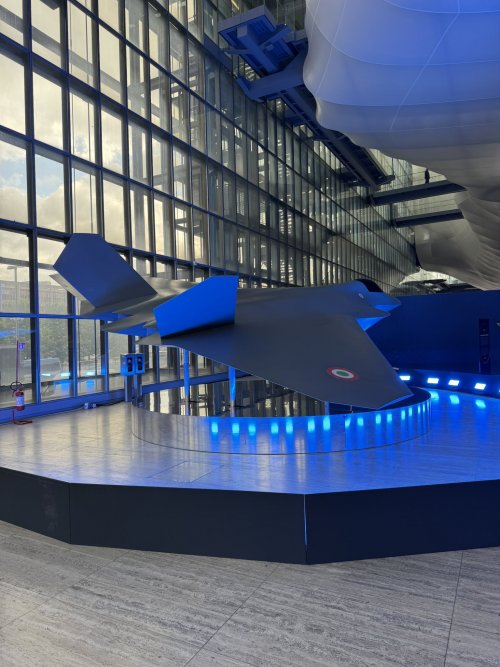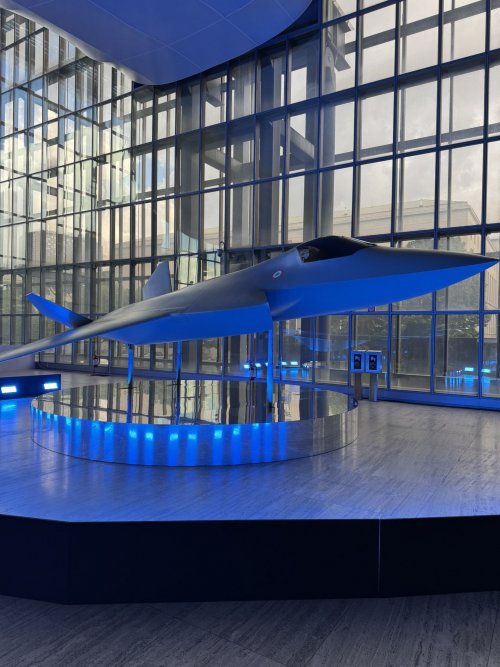Regarding the development plan for the next-generation fighter jet being jointly developed by Japan, the UK, and Italy—known as the Global Combat Air Programme (GCAP)—the three countries have begun coordinating to allow Saudi Arabia to participate as a "partner country."
Multiple Japanese government sources revealed this on May 2. Saudi Arabia has previously requested formal participation based on the treaty governing the intergovernmental organization "GIGO," which manages the development of the fighter jet. While the UK and Italy have high expectations for Saudi Arabia’s financial resources, the Japanese side has expressed concerns that adding another negotiation partner could delay development, and has also cited worries about information security due to Saudi Arabia’s arms dealings with China and Russia. However, during talks between Japan, the UK, Italy, and Saudi Arabia in mid-April, the Saudi side indicated it would not insist on early participation as a formal member. As a result, the three countries have decided to accept Saudi Arabia’s involvement as a "partner country" and begin discussions on that basis. Japan’s intention is for Saudi Arabia not to be directly involved in the development process but to limit its role to financial and other forms of cooperation.
As for Saudi Arabia’s potential formal participation under the treaty in the future, discussions are ongoing with conditions such as improving Saudi technical capabilities and implementing information security measures. However, some within the Japanese government believe that "in the end, formal participation will likely be difficult" (according to a source).









